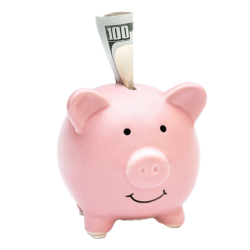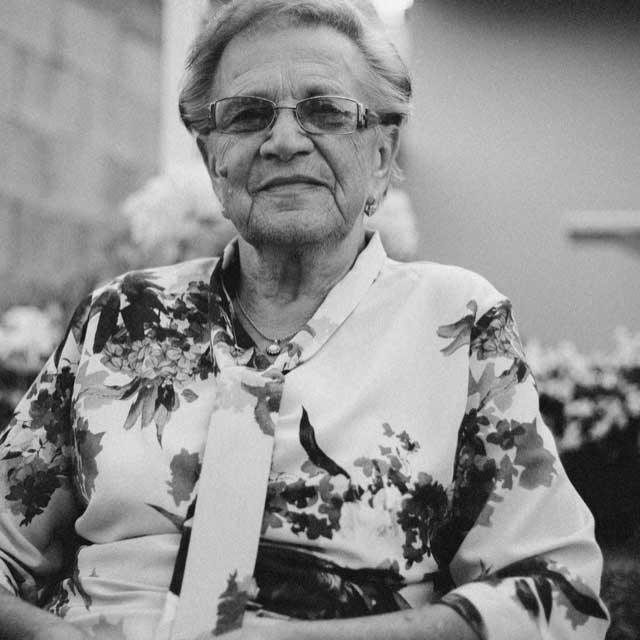In a poll conducted in January 2023 by The Harris Poll on behalf of NerdWallet, over two-thirds (67%) of Canadians listed the financial goal of home ownership as a priority. On April 1, 2023, the Canadian government introduced the FHSA to help Canadians over 18 years of age to save and invest up to $40,000 tax-free toward home ownership.
Advantages of an FHSA
One of the largest purchases Canadians can make is buying a home, with the average home price in 2023 being just over $630,000, as reported by the Canada Mortgage and Housing Corporation. Using the FHSA, Canadians can contribute annually up to $8,000 in their FHSA with a lifetime contribution of up to $40,000. Account holders can also carry forward up to $8,000 of unused contribution room to the next year.
The FHSA also comes with the following benefits for those planning to buy their first home:
Reduce your taxable income and withdraw tax-free
The FHSA offers Canadians the unique benefit of reducing their taxable income in the year they contribute to their FHSA and allowing tax-free withdrawals when using the money to buy their first home. This allows Canadians to efficiently save and invest towards home ownership while minimizing income tax along the way.
You can combine your FHSA savings with the Home Buyers’ Plan
Before the introduction of the FHSA, Canadians could use the Home Buyers’ Plan (HBP) to pay for a down payment on a home. The HBP allows you to withdraw tax-free up to $35,000 from your RRSP to buy or build a qualifying home for yourself or a relative with a disability. Depending on how much you have saved and invested in both your RRSP and FHSA, using both accounts can potentially give you access to $75,000 in savings and investments toward your first home purchase.
Direct transfers to and from your RRSP
Over time your financial goals may change. If homeownership is no longer a financial goal, but you have saved or invested in your FHSA, you are able to make a direct transfer of your property ( money, guaranteed investment certificates, government and corporate bonds, mutual funds, and securities listed on a designated stock exchange, but not real property) to your RRSP, RRIF or another FHSA account you own without any immediate tax consequences. Likewise, if you would like to transfer your RRSP savings and investments to your FHSA, the transfer must be directly into your FHSA and no more than your maximum contribution room for that year.
You can combine yours and your partner’s FHSAs for a home purchase
If you are planning on buying a property with your spouse, you also have the option of combining yours and your spouse’s FHSAs to purchase a home as long as both of you are first-time home buyers. Currently there is no spousal FHSA available therefore you cannot directly contribute to your spouse’s FHSA. However, you can give money to your spouse for FHSA contribution with no tax implications imposed on you.

How to withdraw from your FHSA
To make a qualified tax-free withdrawal or series of withdrawals, you must be a first-time home buyer when you make the withdrawal(s). To qualify, you must:
- not have lived in a home you owned at any time during the part of the calendar year before the withdrawal is made or at any time in the preceding four calendar years;
- use the withdrawal exclusively for the home purchase or any home-related purchase such as closing costs, furniture and or renovations;
- you must fill out Form RC725, Request to Make a Qualifying Withdrawal from your FHSA and give it to your FHSA issuer;
- you must have a written agreement to buy or build a qualifying home with the acquisition or construction completion date of the qualifying home before October 1 of the year following the date of the withdrawal;
- you must not have acquired the qualifying home more than 30 days before making the withdrawal;
- you must be a resident of Canada from the time that you make your first qualifying withdrawal from one of your FHSAs until the earlier of the acquisition of the qualifying home, or the date of your death; and
- you must occupy or intend to occupy the qualifying home as your principal place of residence within one year of buying or building it.
Saving and investing toward your first home purchase can be challenging, but leveraging the unique benefits offered by the newly introduced FHSA can help you reach your goal quicker and more efficiently than any other registered plan or account currently available.




